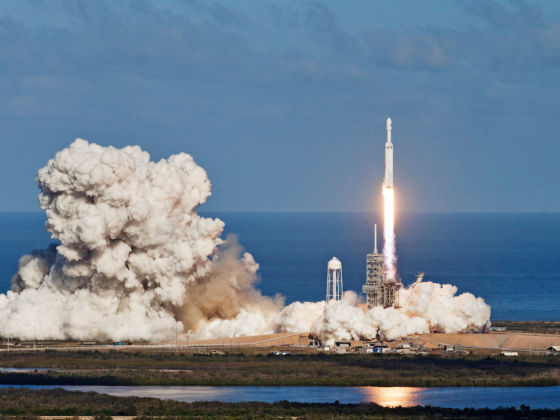Since 2005, the space flight division of Branson’s conglomerate has been collecting deposits on $200,000 tickets good for one trip in a spaceship. The exosphere is about to become the universe’s newest tourist destination.

Get on board if you can afford it, but for the rest of us, there’s a constellation of narratives to explore. Though space travel is a very recent addition to human capability, dreams of space are as old as our species. Travel to the Infinite, perhaps the world’s first science fiction story, was written 2,400 years ago by Chuang Tzu, one of the founders of Taoism, and describes a space faring adventure.
Once the scientific method began to more accurately describe nature and its workings, space travel fantasy took on aspects of the scientific knowledge of the day. The genre would become a cultural record documenting our human desire for exploration and discovery alongside our technological advancement, producing a vast and thrilling body of work.
Here are four stories from the last 400 years to start with.
(1) “L’autre Monde Ou Les Etats et Empires De La Lune” by Cyrano de Bergerac (1657)
Cyrano de Bergerac was a French soldier whose pronounced nose and proxy wooing of Roxane were posthumously immortalized by playwright Edmond Rostand. Bergerac was also a “free-thinker” and accomplished author.
Bergerac’s writing was influenced by the events of his time including Galileo’s telescopic observations of the moon, and the result was work in an entirely new literary genre — science fiction.
“Here is how I betook myself to heaven,” Bergerac writes. “I attached to myself a number of bottles of dew, and the heat of the sun, which attracted it, drew me so high that I finally emerged above the highest clouds. But the sun’s attraction of the dew drew me upwards so rapidly that instead of approaching the Moon, as I intended, I seemed to be farther from it than when I started. I broke open some of the bottles and felt my weight overcome the attraction and bring me back towards the earth.”
Related works by this author: L’autre Monde Ou Les Etats et Empires Du Soleil
(2) “The Surprising Adventures of Baron Münchausen” by R.E. Raspe (1785)
Like de Bergerac, Baron Karl Friedrich Hieronymus Münchausen was both an historic and literary figure. In life, the baron was a German nobleman and notable teller of tall tales: he rode a cannonball; he danced in the belly of a whale; and he traveled to the moon – twice.
German scientist and librarian Rudolf Erich Raspe published The Surprising Adventures of Baron Münchausen, a book of stories based on the Baron’s accounts and further fictions written by Raspe himself. The collection is a satire written in the style of traditional travelers’ tales.
Baron Münchausen makes his first lunar voyage by climbing up a vine tethered to the tip of the crescent moon. The second trip is accidental, occurring when his ship is blown “off course” by a storm in the seas near Tahiti.
“…a hurricane blew out ship at least one thousand leagues above the surface of the water, and kept it at the height till a fresh gale arising filled the sails in every part, and onwards we traveled at a prodigious rate; thus we proceeded above the clouds for six weeks.”